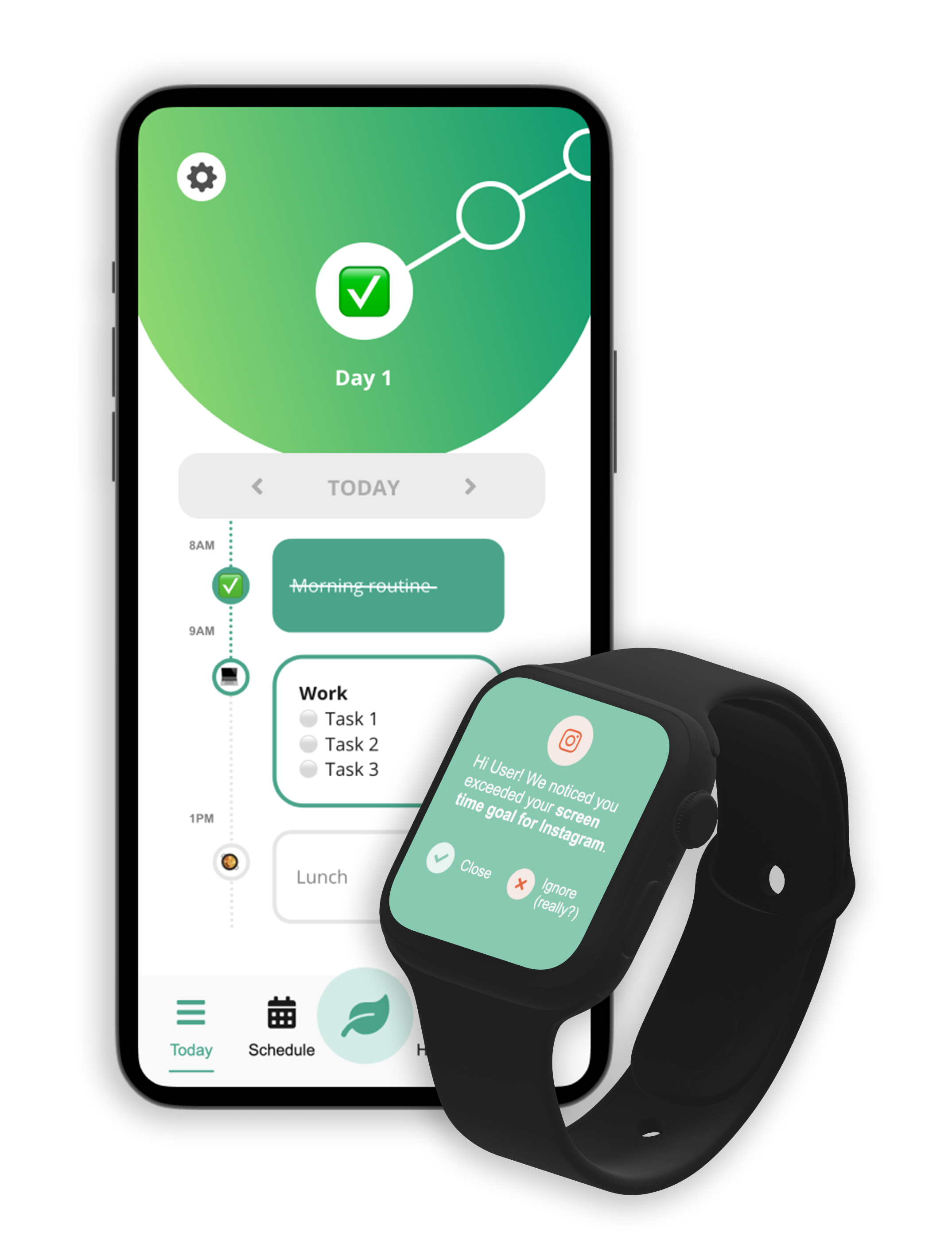
This case study demonstrates a human-centered design approach and technical expertise in creating accessible, impactful products for users with specialized needs. It provided deepened understanding of the importance of inclusive design. Working closely with neurodivergent users highlighted how vital it is to create adaptable solutions that meet diverse needs. The most significant impact was the feedback from participants, who noted feeling more understood by the product's personalized approach.
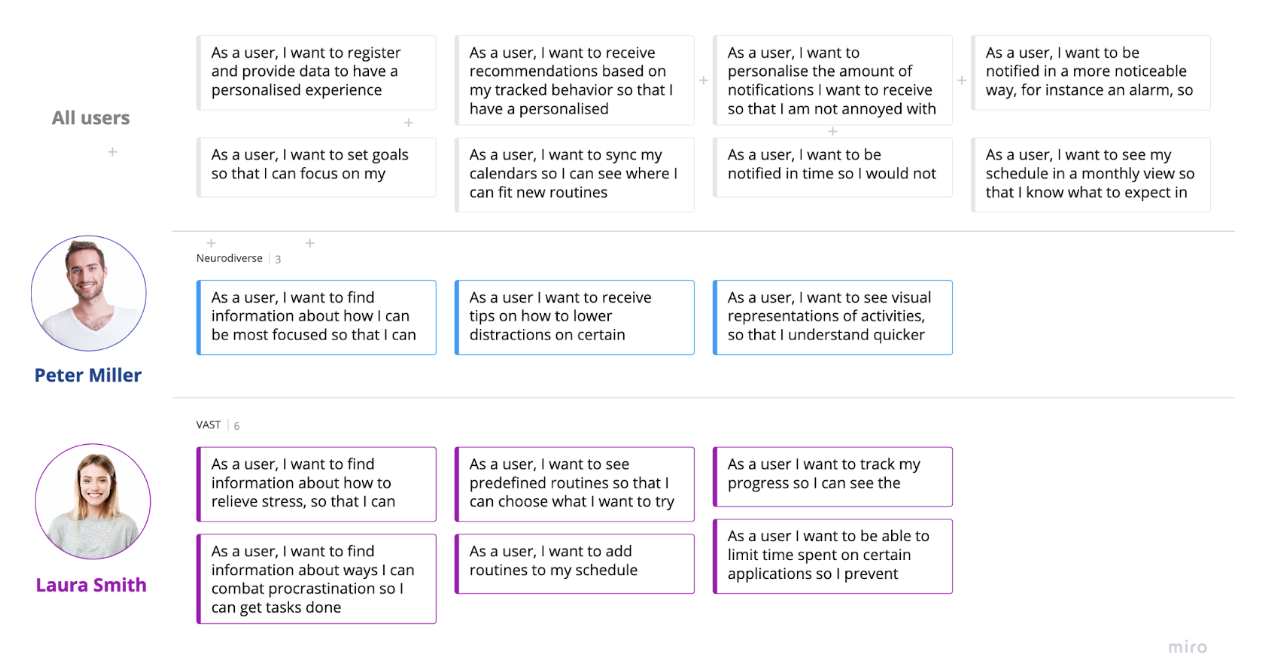
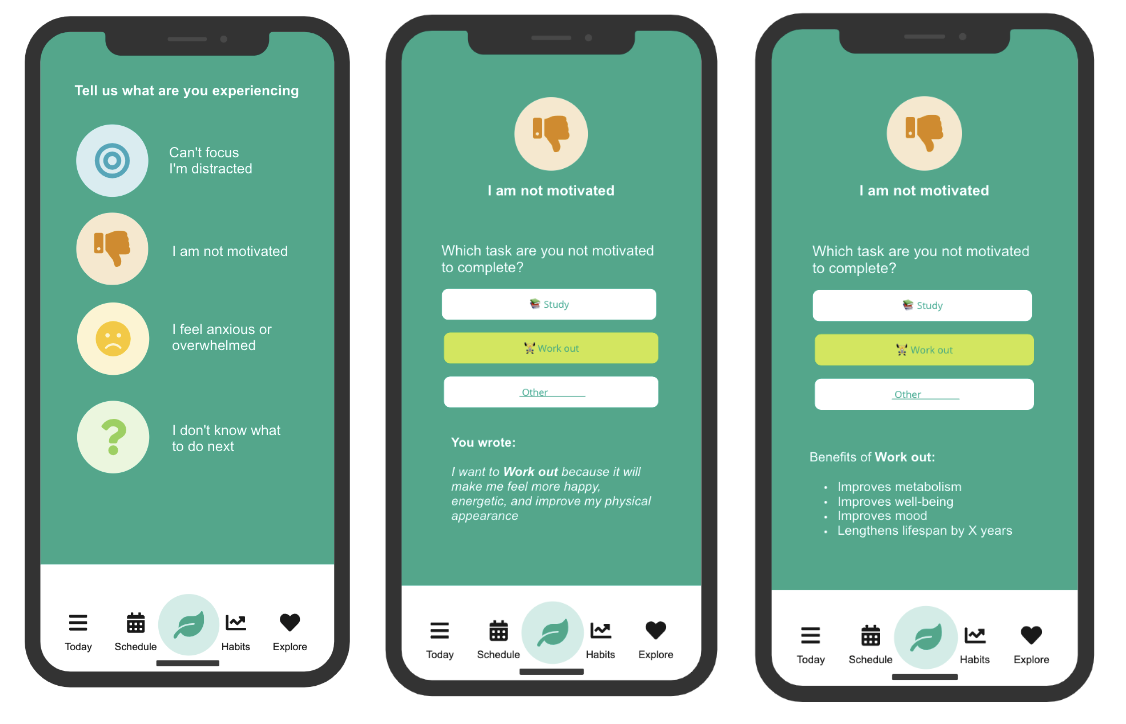
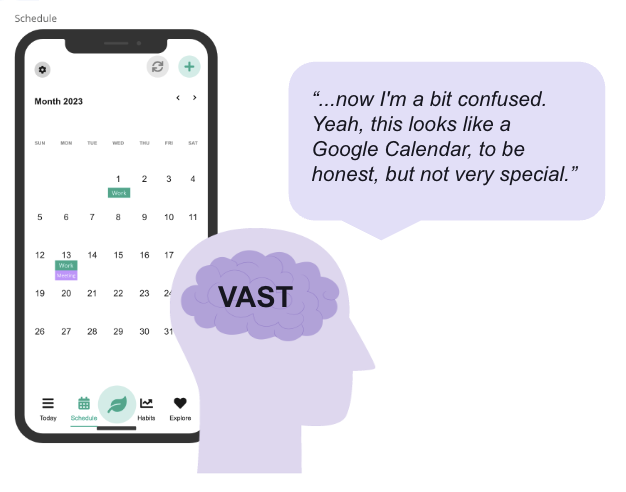
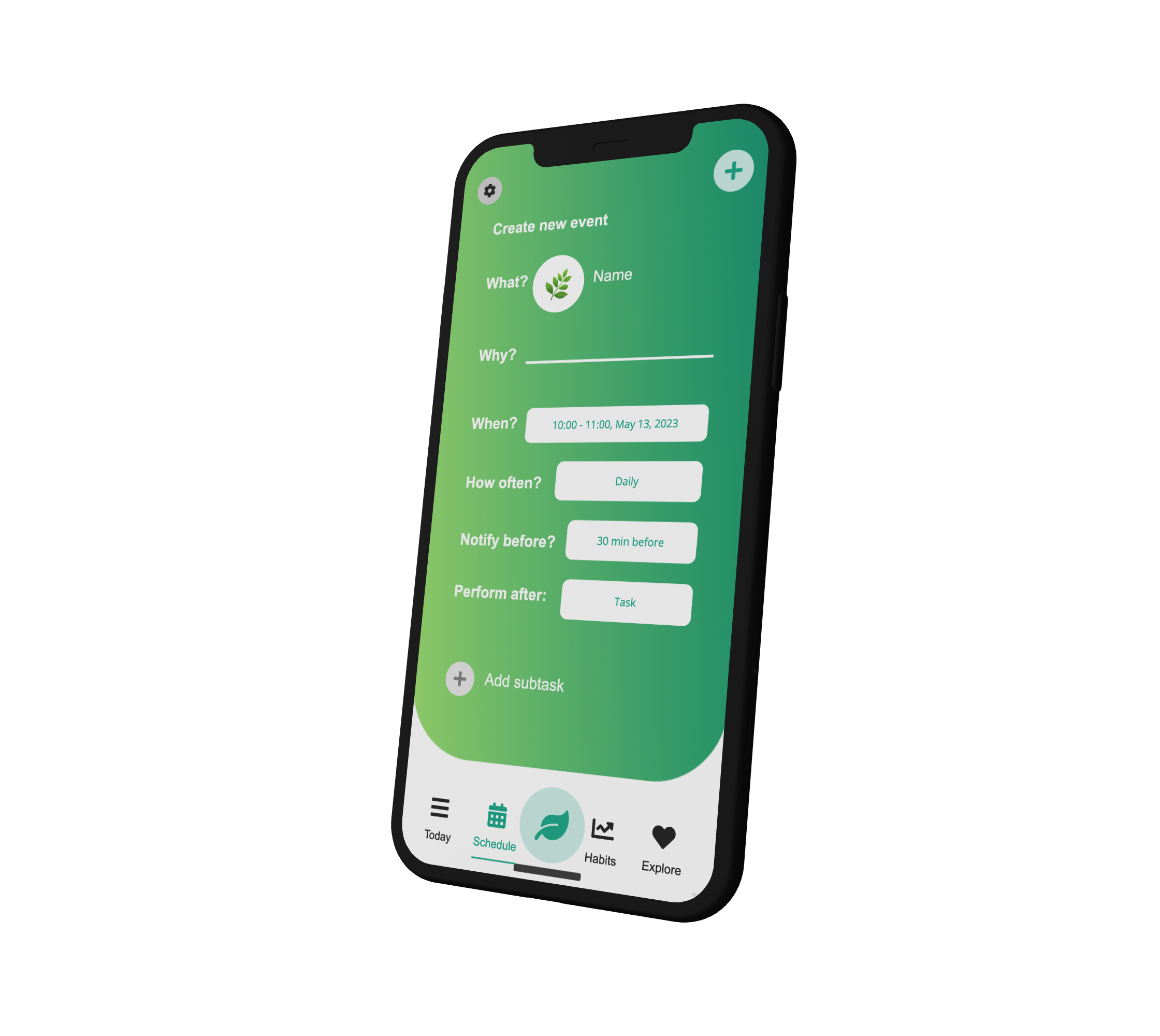


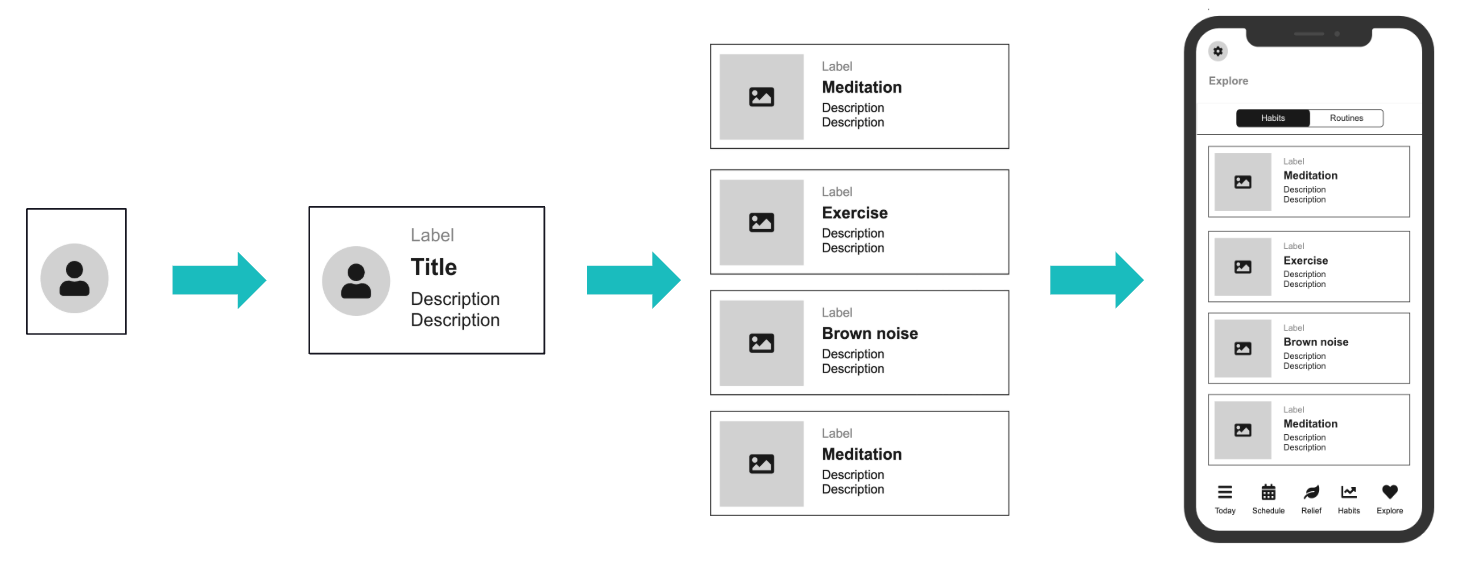
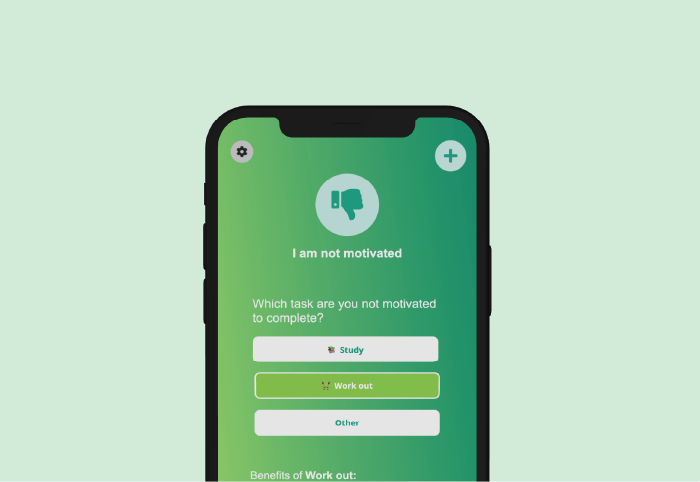
The app uses data-driven insights to suggest activities and routines based on user behavior, emotional state, and contextual data (e.g., location, time of day). This helps reduce decision paralysis and improve mental well-being.
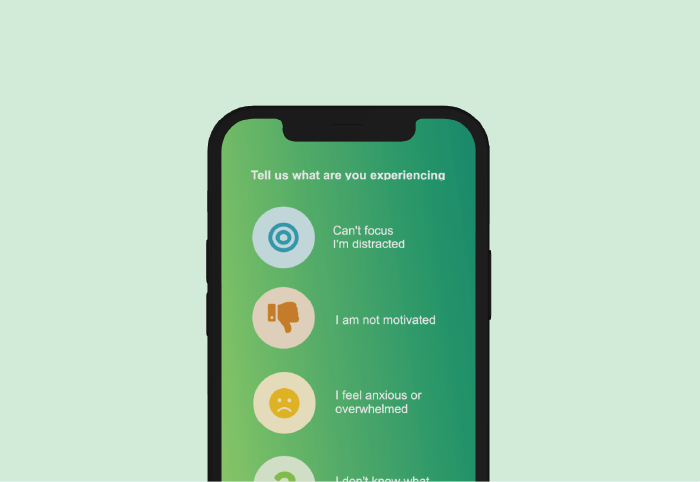
Provides on-demand stress-relief methods (e.g., guided breathing, quick exercises) to manage anxiety or overstimulation. These tools are easily accessible from the main navigation.
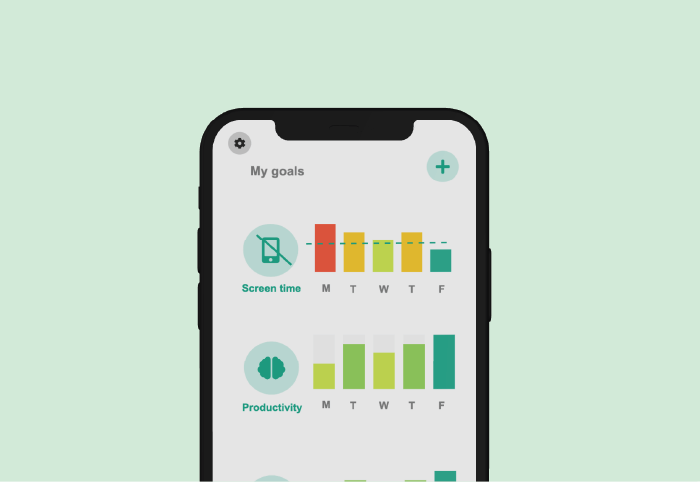
Users can set personal goals and monitor their progress through visual dashboards, encouraging motivation and consistent habit formation.
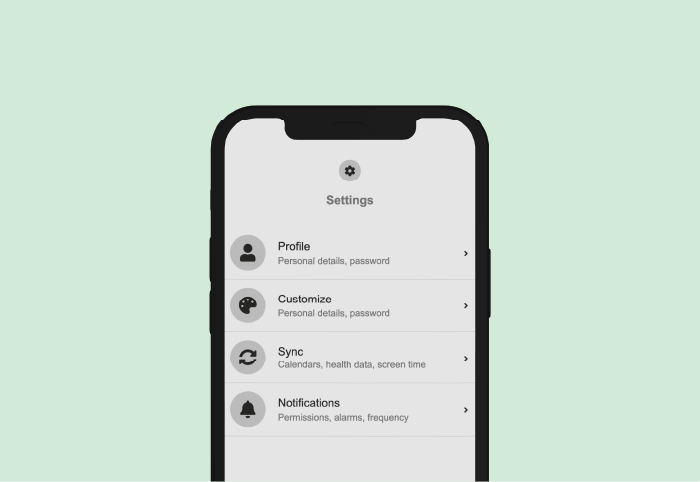
Flexible calendar integration and tailored notifications help users manage time effectively without feeling overwhelmed. Visual cues and reminders are optimized for clarity and simplicity.
The app reduces cognitive load with a minimalist design, clear icons, and personalized features. It organizes information intuitively, offers quick-relief tools for stressful moments, and provides adaptive notifications to avoid overwhelming users. This streamlined approach helps neurodivergent individuals focus and manage tasks more easily.
Participants appreciated the personalized approach, especially the adaptive quick-relief features and goal tracking. These elements addressed their specific needs, such as managing focus and reducing anxiety.
By applying empathy-driven research and inclusive design principles, the app demonstrated significant potential to support neurodivergent individuals in building sustainable routines and improving their overall mental well-being.